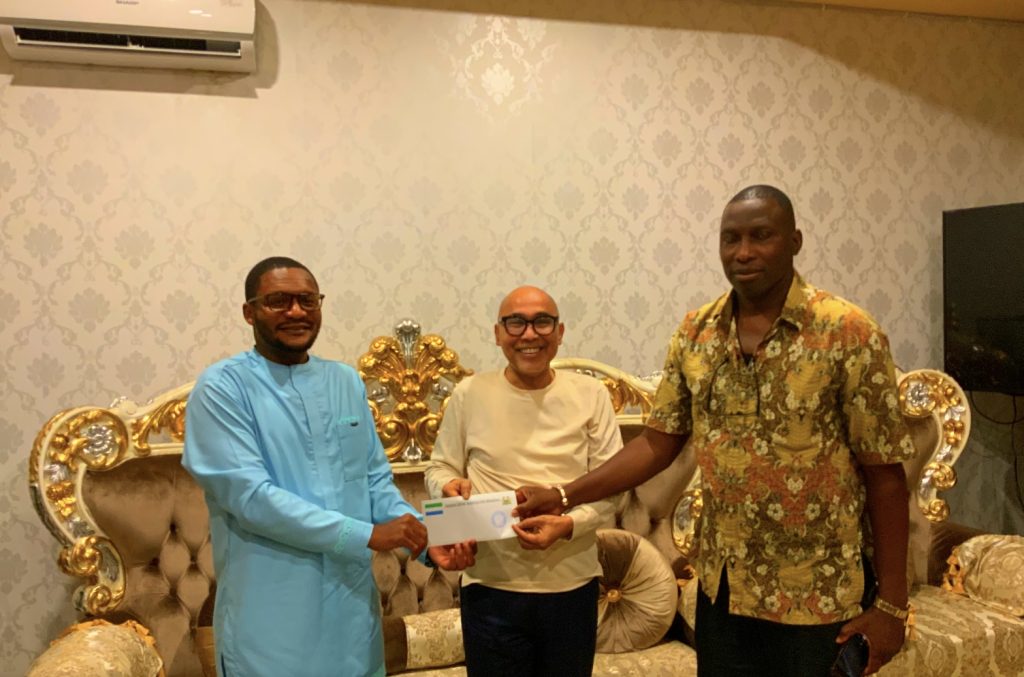Sierra Leone, often called the “Land of Peace and Tolerance,” has a rich cultural tapestry shaped by its history, diverse ethnic groups, and resilience. Its culture and development reflect a blend of tradition, community values, and efforts to overcome past challenges like the civil war (1991–2002) and the 2014–2016 Ebola outbreak. Below is an overview based on your query:

Peace and Tolerance
- Historical Context: Sierra Leone’s nickname stems from its ability to foster coexistence among diverse groups post-conflict. The country has 16 ethnic groups, with the Mende and Temne being the largest, alongside a significant Krio population. Interethnic harmony is a point of pride, reinforced by intermarriage and shared cultural practices.
- Religious Harmony: The population is roughly 78% Muslim and 20% Christian, with a small percentage practicing indigenous beliefs. Religious tolerance is notable—Muslims and Christians often celebrate each other’s holidays, and interfaith families are common. The Inter-Religious Council of Sierra Leone plays a key role in promoting dialogue.
- Post-Conflict Reconciliation: The Truth and Reconciliation Commission (2002–2004) and community-led initiatives like Fambul Tok (family talk) have helped heal war wounds through forgiveness and dialogue, emphasizing restorative justice over retribution.
Cultural Development
- Traditional Arts and Music: Sierra Leone’s culture thrives in its music (palm-wine, bubu, and modern Afropop), dance (e.g., Bondo society masquerades), and storytelling (griot traditions). Artists like Emmerson Bockarie use music to address social issues, blending traditional rhythms with contemporary styles.
- Festivals and Ceremonies: Cultural events like the Lantern Parade during Ramadan and Christmas, or initiation ceremonies for secret societies (e.g., Sande and Poro), showcase vibrant traditions. These events strengthen community bonds and attract tourism.
- Cuisine: Food reflects diversity, with staples like rice, cassava, and groundnut stew. Dishes like krain krain (leafy vegetable stew) and foofoo are shared across ethnic lines, symbolizing unity.
- Education and Language: Krio, derived from English and African languages, is the lingua franca, fostering communication. English is the official language, used in education and government. Cultural development is supported by initiatives to preserve oral histories and expand literacy (adult literacy rate ~48% in 2021).
Development Efforts
- Economic and Social Progress: Sierra Leone ranks 181/193 on the Human Development Index (2022), reflecting challenges like poverty (over 50% live below $1.90/day) and infrastructure gaps. However, progress includes:
- Education: Free Quality School Education (2018) boosted enrollment, though quality and access remain issues.
- Healthcare: Post-Ebola reforms strengthened health systems, but maternal mortality (1,120 per 100,000 births) and child mortality (78 per 1,000) are high.
- Economy: Mining (diamonds, gold) drives GDP, but agriculture employs 60% of the workforce. Tourism, leveraging cultural heritage and natural beauty (e.g., Banana Islands), is growing.
- Cultural Preservation: The Sierra Leone National Museum and cultural villages promote heritage. UNESCO supports sites like Bunce Island, a former slave-trading post, for historical education.
- Peacebuilding: The government and NGOs promote youth engagement and women’s empowerment to sustain peace. Women’s leadership in community reconciliation is notable, with figures like Zainab Bangura advocating globally.
Challenges
- Economic Inequality: Wealth from diamonds often doesn’t reach rural areas, fueling urban-rural divides.
- Youth Unemployment: Over 60% of youth are unemployed or underemployed, risking social unrest.
- Cultural Erosion: Globalization and urbanization threaten traditional practices, though youth-led movements are revitalizing them via social media and festivals.
Conclusion
Sierra Leone’s culture of peace and tolerance is a cornerstone of its identity, rooted in coexistence and resilience. Cultural development is vibrant but faces modern pressures, while national development hinges on leveraging this unity to address economic and social gaps. If you’d like specific details (e.g., a particular ethnic group’s traditions or recent development projects), let me know!
